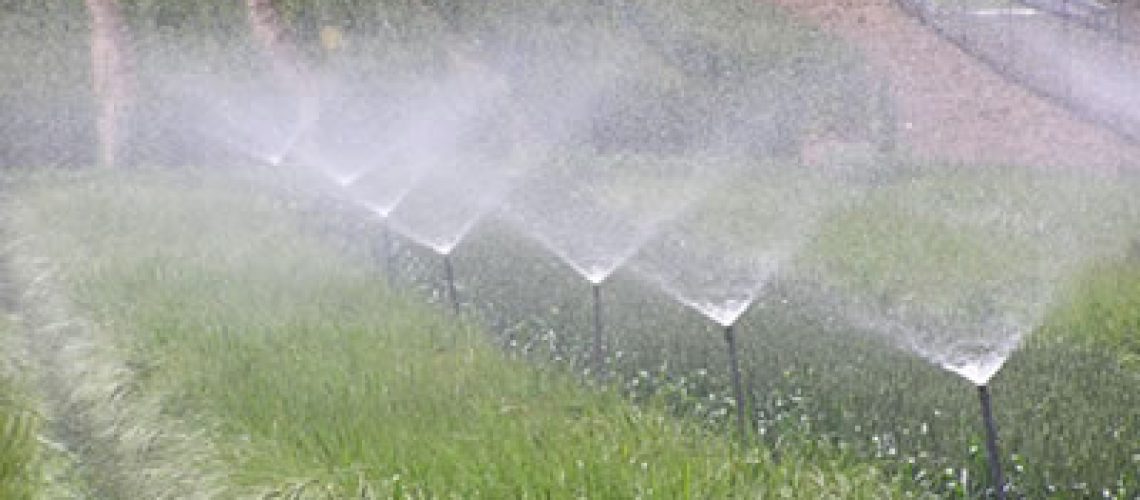

Ricardo Ramirez-Gonzalez
MECEA Winner 2013
Field trials and tribulations
- MECEA Winner 2013
- | Part of MECEA
No matter how dense the SNP map is on a population, it it is essential to have good phenotypic data to relate it to. Sometimes, there is no other option than to do a field trial. Unfortunately, field trials go wrong. Although annoying, this provides the interesting challenge of dealing with the numerous unexpected issues that occur. For the majority of my short career I have been involved in some way or another with field trials. I have learnt a few things, and await with trepidation the mistakes that I am yet to make…

Mist irrigation applied to trials at JIC to ensure an environment conducive for FHB disease development.
Unusually, I started my career as an ornamental plant breeder. One of the more extreme environments that we used to subject our breeding lines was a heat and humidity tolerance trial on the Pacific coast of Costa Rica. This sounds great (and to be honest, relaxing by the Pacific Ocean at the end of the day was no hardship), but it was also a stress tolerance trial for plant breeders. A humid 36°C walking through boggy field plots making selections, whilst keeping half an eye open for crocodiles emerging from the nearby river certainly provided a challenging environment. However, this experience taught me a lot about the importance of including appropriate controls at regular intervals in a heterogeneous environment, and the necessity of getting all the observations needed; it was a long way back if a trait was forgotten.
More recently my field trial experience has involved eyespot and Fusarium head blight disease trials in the more temperate climate of East Anglia. This hasn’t been without its challenges. In plant pathology trials it is essential to have healthy plants before they are infected with the disease of choice. Two years ago we suffered severe spring droughts on our very light soil on the John Innes Centre plots, and only irrigation applied just in time saved our spring drilled trials and ensured we had healthy plants to inoculate and score. This taught me valuable lessons on checking my trials regularly throughout the year and to make sure that the plants get what they need (fertiliser, water, fungicide), at the right time to ensure healthy plants.

Early season rook damage caused gaps in our field plots.
Last year was just as interesting. The trial started with rooks destroying rows of seedlings in the plots, necessitating hand dibbing to replace the worst of the damage. This was a lesson learnt in pest control. The dry early spring then gave way to a very wet and cool summer. It was almost the environmental opposite from our previous years’ trials. As the field plots descended into a bog, I was convinced that the temperature would be too cool for good disease development. As it turns out there were huge amounts of disease (almost too much) due to the wet weather. There was virtually no need for any mist irrigation on our disease nurseries, which is normally essential for good FHB development. However, the subsequent data analysis of the trials has produced some interesting findings with resistances working as expected when faced with high levels of disease. This experience taught me to persist with a trial to the final data analysis. Often, they turn out better than expected.
This year my field trials continue to produce challenges, in particular a new seed drill working in unexpected ways. This has re-affirmed the importance of controls and indicators (e.g. extreme dwarf lines) that can be identified as young plants. A cold winter and spring has led to little certainty when plants will be ready, but they are growing and looking healthy. I am looking forward to heading out there with my sprayer full of Fusarium conidia and even more to an excel sheet full of data by August.
